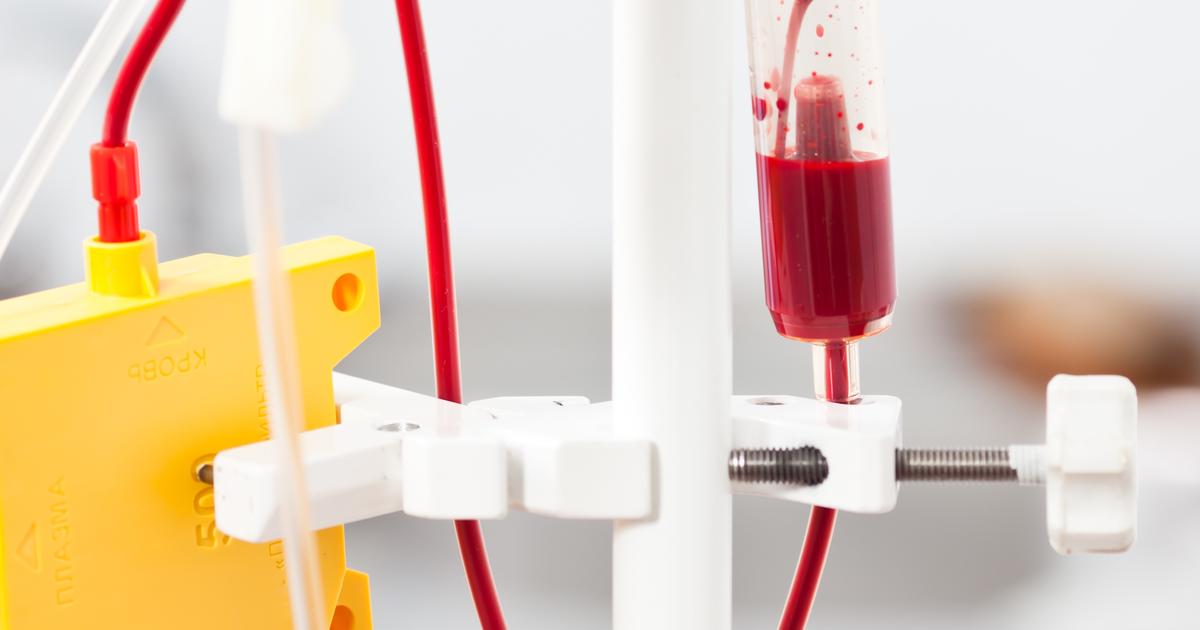How To Treat Acute Disseminated Encephalomyelitis
Acute disseminated encephalomyelitis is an autoimmune disorder that affects the nervous system. More common in children than in adults, the condition causes brief episodes of severe inflammation in the spinal cord and brain, and it often develops within two to four weeks after a viral or bacterial infection. Symptoms of this illness generally include fevers, severe headaches that last for an extended period, and neurological signs such as weakness in the arms and legs, coordination difficulties, unsteadiness, drowsiness, swallowing issues, and confusion. Some patients may experience blurred or double vision, and falls might occur. MRI scans and lumbar punctures are needed to diagnose this condition.
The methods described below are recommended in the treatment and management of acute disseminated encephalomyelitis.
Intravenous Corticosteroids

Intravenous corticosteroids are the first line of treatment for this disorder. Patients are normally started on a course of methyl-prednisolone given over five to seven days. This medication helps to reduce inflammation and promote healing after a symptomatic episode. Patients taking methyl-prednisolone may experience side effects, including irritability, anxiety, swelling of the face, facial flushing, and weight gain. Some individuals might develop a metallic taste in the mouth, and infants and young children taking this medicine could exhibit an increase in fussiness or crying. Since steroids can cause changes in blood levels, patients will need to have regular blood tests during their treatment to check for elevated glucose and reduced potassium measurements. Doctors will also ask about the patient's sleep quality; steroid use can sometimes cause disrupted sleep. After completing the course of intravenous steroids, the patient will be given a short course of oral steroids to safely taper off of these drugs.
Learn more about how to treat acute disseminated encephalomyelitis now.
Plasmapheresis

Plasmapheresis helps reduce the activity of the immune system by temporarily removing certain components of this body system from the patient's overall circulation. The procedure involves filtering the patient's blood through a machine, and it is normally performed in a hospital setting. The procedure removes specific antibodies from a portion of the patient's blood known as plasma, and it generally takes several hours to complete. Patients with acute disseminated encephalomyelitis have a plasmapheresis session once every other day over the course of ten to fourteen days.
Prior to having the first session, the patient may need to have a minor surgical procedure to insert a central venous catheter, a device that allows blood to be removed and transported into the plasmapheresis machine much more rapidly than other methods. Nurses and hospital staff will closely monitor the patient's blood pressure, temperature, and pulse during each session, and they will also check for any abnormal bleeding or signs of infection. The most common side effect of this treatment is discomfort while blood is being taken, and patients might experience a drop in platelet count that could make them more vulnerable to infections and increase the risk of bruising or internal bleeding.
Read more about treating acute disseminated encephalomyelitis now.
